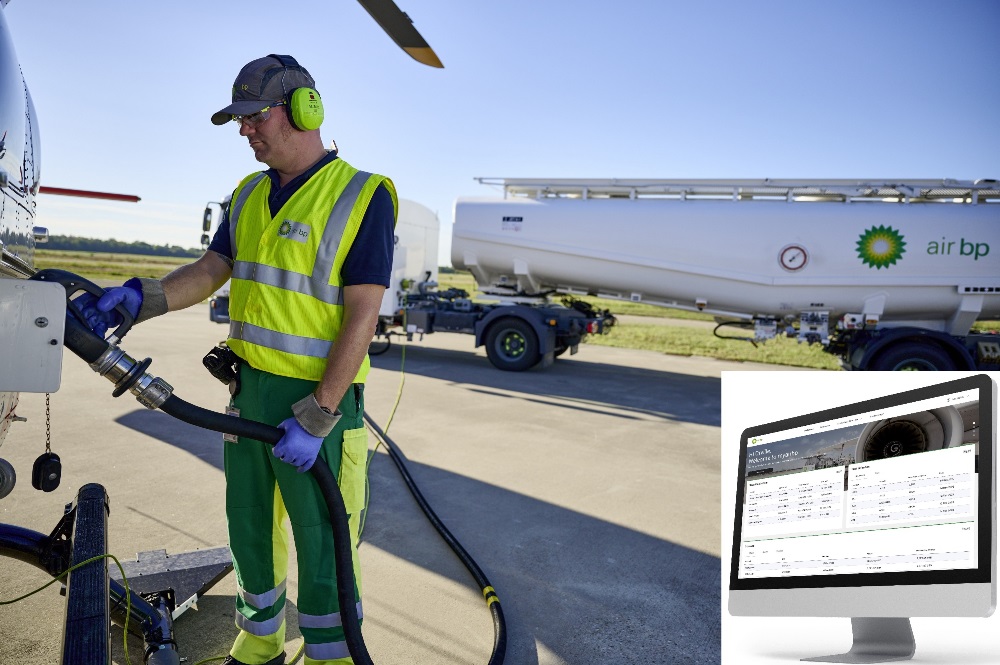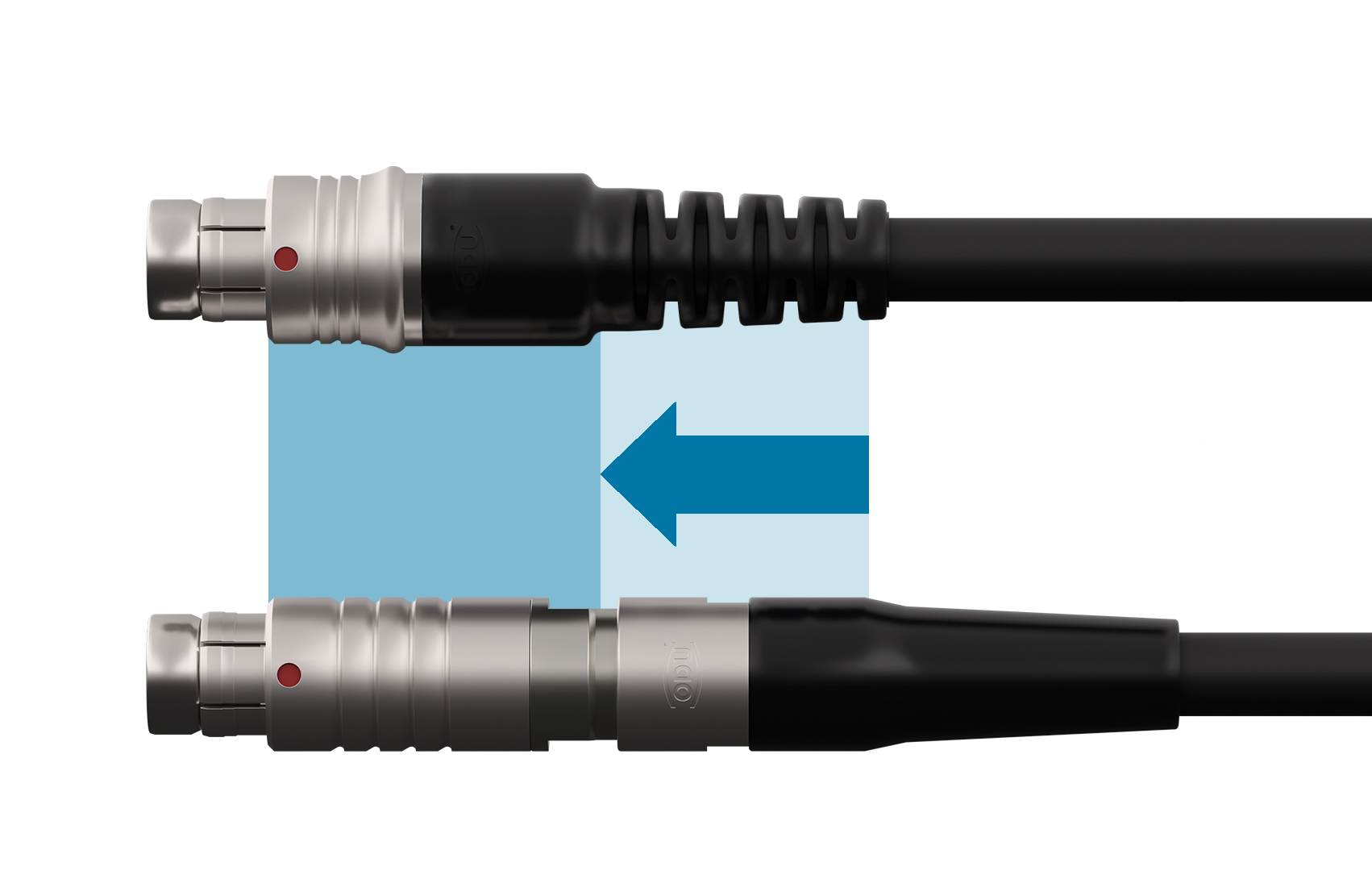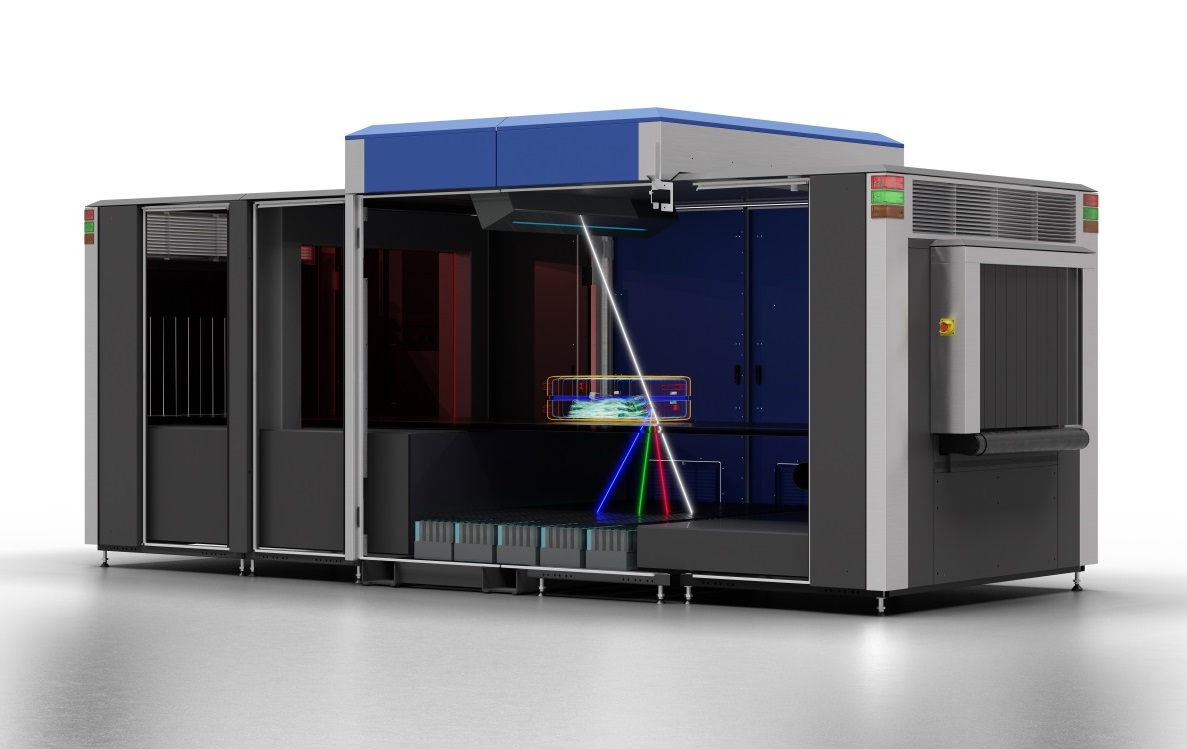QinetiQ's wind tunnel receives multimillion pound boost

Above: 777x currently being tested in the wind tunnel.
A group of organisations comprising QinetiQ, Boeing, University of Surrey, ATE Aerotech and MTS Systems Corporation has invested £1m in the project with funding matched by the Aerospace Technology Institute (ATI), part of Innovate UK, for a total of £2 million. Testing will take place at the wind tunnel in Farnborough, UK.
The investment enables an upgrade to the scale models used in the wind tunnel to improve the efficiency of commercial aircraft, particularly during take-off and landing.
On existing scale models, the engines are modelled only by a hollow casing, representing the outer profile of the engine, allowing air to flow through the centre uninterrupted. The disruption to airflow that would be caused by a real engine’s internal workings is calculated after wind tunnel testing using techniques that include computer modelling.
Using the new funding, the group of organisations will develop a high-speed electric motor powered fan that will simulate the airflow through and around a real engine. The upgrade will improve the accuracy of the raw data, reducing development time and costs for customers across the industry and helping to improve the safety and efficiency of their aircraft.
Steve Wadey, QinetiQ Chief Executive Officer, said: “Our wind tunnel is still a cornerstone of aviation testing after nearly 40 years, having recently played a crucial role in the development of aircraft such as Boeing’s 737 MAX and 777X. The tunnel’s large size and ability to run at pressures up to three atmospheres provide a more accurate representation of full-scale conditions. Not only will this investment increase the fidelity of the model itself, it will shorten timescales of projects, reducing costs and freeing up capacity for more customers to take advantage of this unique capability.”
The announcement coincided with the 100-year anniversary of Boeing (celebrated during last week's Farnborough International Airshow), with Boeing being the main customer for the wind tunnel since it first tested one of its aircraft in the facility in 1987. A Boeing 777X model is currently being tested at the facility.
Sir Michael Arthur, President of Boeing Europe and Managing Director of Boeing UK and Ireland said: “The partnership between Boeing and QinetiQ in wind tunnel testing has contributed to the development of world-leading Boeing aircraft such as the 787 Dreamliner and 737 MAX, as well as the 777X now. We are pleased to be growing this partnership with QinetiQ still further, as we are doing more broadly here in the UK. We look forward to this shared investment for a world-class facility in the UK delivering technology and prosperity for our country and for the organisations in this partnership.”
The new ‘engines’ used on the scale models will be driven by very high power density electric motors, derived from technology similar to the Kinetic Energy Recovery System (KERS) used in Formula One motor racing.
Professor Mark Gillan, Director of Motorsports Technology of MTS Systems Corporation, explained: “For over a decade, MTS has developed a family of efficient, high power density, low inertia motor and drive systems to meet our customers’ demands in increasingly diverse markets for both testing and performance applications. The majority of systems are currently employed within motorsports, OEM automotive and energy environments. The technology move into aerospace is a logical and exciting expansion. The aim of the project is that the MTS compact electric motor will help drive a fan, directly coupled to the motor, which in turn will provide a realistic aerodynamic flow-field over the test model-scale aircraft matching the actual full-scale flight conditions, thus improving correlation.”
Professor Julie Yeomans, Head of Department of Mechanical Engineering Sciences at the University of Surrey said: “At this time when the spotlight is being focused so prominently on efficiency within the aviation sector, it has been essential for colleagues in the Centre for Aerodynamics and Environmental Flow to apply their research and development expertise, covering wind-tunnel testing, instrumentation and flow modelling, to support overall aerodynamic optimisation.”
Richard Mower, Managing Director, Ate Aerotech said: “As a specialist supplier of test equipment and instrumentation to both the aerospace and F1 wind tunnel sectors, this is an exciting innovation where we can complement the industry leaders in this group of organisations. Validation and accuracy are essential elements to help our customers in their understanding of simulation test data, so our contribution will be the provision of measurement technology and system control.”
Steve Wadey, QinetiQ Chief Executive Officer added: “The wind tunnel, developed for the aviation industry, has also been used in the aerodynamic testing of rear wings for Formula One cars. It’s interesting to now see technology developed for F1 crossing back over into aviation. It demonstrates how collaborative working drives innovation, not just within the aerospace sector, but across different industries and academia.”












